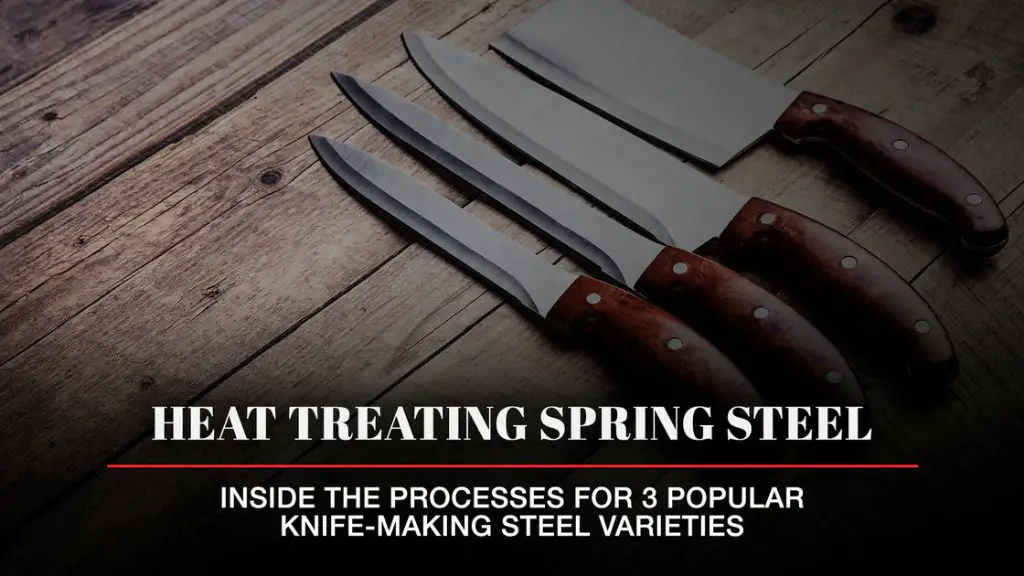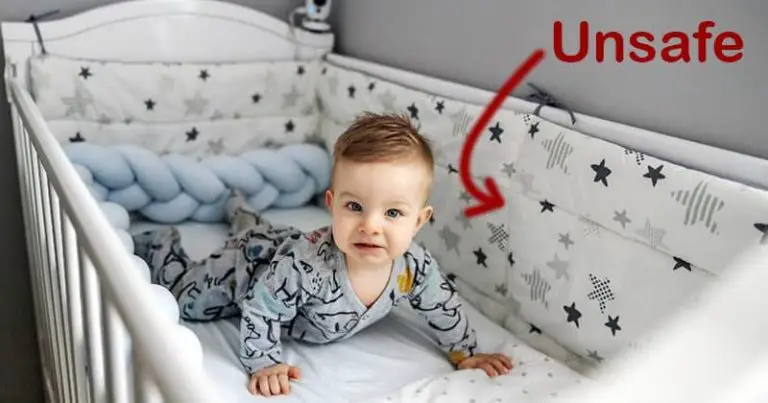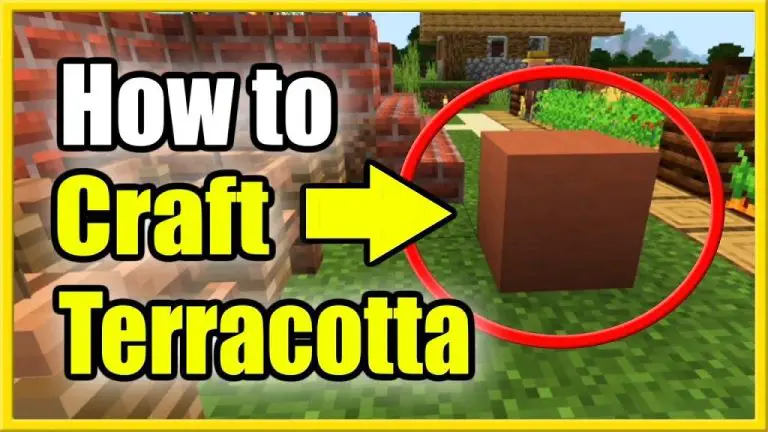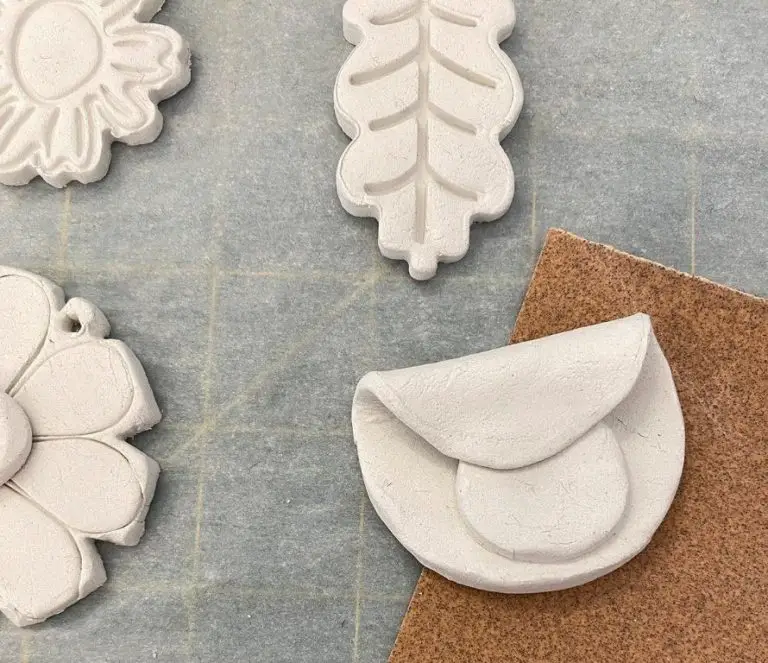What Steel Is Best For Knife Making?
Knife making is an age-old craft that requires choosing the right steel to achieve the desired characteristics in a blade. The properties of the steel, such as hardness, toughness, corrosion resistance, and edge retention, depend on the elements alloyed with the iron in the steel. The four main types of steel used in knife making each have their advantages and disadvantages.
Selecting the best steel for a knife depends on the knife’s intended purpose and desired qualities. A survival knife needs great toughness, whereas a kitchen knife requires good edge retention. The steel choice also affects factors like sharpenability, polishability, and patina formation. This article provides an overview of popular knife steels, their properties, and recommendations for different uses.
Carbon Steel
Carbon steel is a popular choice for knife making because of its unique properties. It typically contains between 0.6-1.5% carbon (source: https://www.messermeister.com/collections/carbon). The higher carbon content allows carbon steel knives to become harder through heat treatment, making them capable of holding a very sharp edge. However, the increase in hardness comes with a tradeoff in toughness and corrosion resistance.
The main benefits of carbon steel knives are:
- Can be hardened to achieve excellent edge retention
- Sharpens easily
- Lower cost than stainless or tool steels
The downsides to consider are:
- Prone to rusting and corrosion
- Requires more maintenance than stainless steel
- Not as stain resistant
Overall, carbon steel provides an affordable option for knives where a durable, sharp edge is the priority. Proper care is required to prevent excessive corrosion and staining. It can make an excellent choice for kitchen or outdoor knives when maintained properly.
Stainless Steel
Stainless steel is a popular choice for knives due to its resistance to corrosion and staining. Stainless steel contains at least 10.5% chromium which forms a passive layer of chromium oxide when exposed to oxygen. This oxide layer prevents rusting and corrosion (Source).
The most common types of stainless steel used in knives are martensitic, ferritic, and austenitic. Martensitic stainless steels like 420 and 440 are harder and can be used for knife blades. Ferritic stainless steels like 430 are softer but more corrosion resistant and used for decorative knives. Austenitic stainless steels like 304 and 316 have excellent corrosion resistance but are too soft for most knives (Source).
The pros of stainless steel knives include:
- Resistant to corrosion and staining
- Low maintenance
- Durable
- Sanitary
The cons of stainless steel knives include:
- Less sharpness retention than high carbon steels
- More difficult to sharpen
- Can be brittle
Overall, stainless steel provides an excellent balance of corrosion resistance, ease of care, and moderate edge retention for most kitchen knives.
Tool Steel
Tool steel refers to a variety of carbon and alloy steels that are specifically formulated for making tools. Some of the most popular tool steels for knives include D2, A2, M2, and S7 steels.
D2 steel contains around 1.5% carbon and 11% chromium, giving it excellent wear resistance properties while still being tough enough for knives. According to agrussell.com, D2 is considered the best value steel for knives when you factor in edge retention. The high chromium content gives D2 steel good corrosion resistance as well.
The main downside of D2 is that it can be more difficult to sharpen than simpler carbon steels. However, many knifemakers appreciate D2 steel for its versatility – it’s easier to heat treat than more complex tool steels but still exhibits excellent edge holding ability.
Overall, tool steels like D2 provide an exceptional balance of hardness, tensile strength, and toughness. The high alloy content allows the steel to be heat treated to high hardness levels while maintaining durability. For knife makers looking for wear resistance and edge retention, tool steels are a popular choice.
Damascus Steel
Damascus steel is a form of pattern welded steel named after Damascus, Syria where it originated. It has a distinctive wavy pattern created when thin iron and steel strips are forged and welded together. A popular steel for knife making, Damascus steel combines the properties of each metal and offers both strength and flexibility.
The properties of Damascus make it an ideal steel for knives. The alternating layers create a hard yet flexible blade that is very durable. According to MUSASHI, the center of a Damascus blade is composed of hard steel for sharpness, while the softer outer steel provides flexibility and shock absorption. Damascus is said to hold an edge better than other steels while being less brittle.
On the downside, Damascus tends to be more expensive and time consuming to produce compared to other knife steels. The intricate patterns require skill to forge and prepare. Damascus is also more challenging to sharpen due to the different steels used. Overall though, many regard Damascus as one of the best looking and performing steels for knives.
Comparison
When comparing the most popular knife steel types, carbon steels like 1095 are typically harder and easier to sharpen than stainless steels like 440C or 154CM, but they require more maintenance to prevent rusting and corrosion. Stainless steels resist corrosion better but can be more difficult to sharpen. Tool steels like D2 offer a compromise – they are often easier to sharpen than stainless while still having moderate corrosion resistance.[1]
Powder metallurgy steels like CPM S30V and CTS-XHP have excellent edge retention and corrosion resistance, but can be brittle if not properly heat treated. Damascus and pattern welded steels have high toughness and look beautiful, but require more specialized knifemaking skills. Overall, knife makers recommend choosing steel based on intended use – high carbon for maximum hardness and edge holding at the cost of rust potential, or stainless for reduced maintenance.[2]
Heat Treatment
Heat treating is a critical step in knife making that has a major impact on the final characteristics and performance of the blade. Proper heat treating will harden the steel to ensure a strong, durable edge that maintains sharpness. According to How to Heat Treat a Knife | 4 Simple Steps To Learn, the main goal of heat treating is “to harden the steel sufficiently for use.” There are typically three main stages in heat treating a knife:

First the steel is heated up past its critical temperature to austenitize or homogenize the steel. This realigns the crystalline structure and erases any previous hardening. Next, the blade is quickly cooled or quenched in oil, water or air. The rapid cooling produces a hardened martensitic structure. Finally, tempering reheats the blade to reduce brittleness and produce the desired balance of hardness and toughness. Proper heat treating requires carefully controlling temperatures and timing during these stages.
With correct heat treating, the steel’s hardness, strength and edge retention can be optimized. Well-heat treated blades will have enhanced toughness to resist chipping and cracking. Proper heat treatment also reduces stresses in the blade to help prevent warping or other deformations. This comprehensive process transforms the molecular structure of the steel to maximize the performance capabilities of the knife.
Blade Geometry
The blade geometry refers to the shape and angles of the knife blade. This has a significant impact on the performance and cutting ability of the knife.
The most important aspects of blade geometry are:
- Blade thickness – Thicker blades are stronger but less sharp. Thinner blades are sharper but less durable.
- Primary grind – The primary grind determines how steeply the blade tapers. A full flat grind is sharper but more fragile while a saber grind is tougher.
- Secondary bevel – The secondary bevel is the final sharpened edge. Standard is about 25 degrees but it can vary based on use.
- Tip shape – The tip can be pointed for piercing, curved for slicing, or dropped for controlled cuts.
- Belly shape – The belly curves up to the tip. A deep belly is good for slicing while a straight edge has no belly.
For kitchen knives, a thin blade with a full flat grind often performs the best. For survival knives, a thicker saber grind holds up better to heavy use (1). The geometry should match the intended purpose of the knife.
It’s also important to maintain the intended geometry when sharpening. An improper sharpening angle can ruin high performance grinds (2).
Recommendations
The best steel for kitchen knives depends on the type of knife and intended use. Here are some recommendations:
For chef’s knives used for general purpose chopping, slicing, and dicing, a stainless steel like VG-10 offers a good balance of edge retention, corrosion resistance, sharpenability, and toughness. High carbon steels like White #2 are also excellent but require more maintenance to prevent corrosion.
For paring knives used for delicate tasks like peeling fruits, softer steels around 56-57 HRC like AUS-8 are recommended. The slight flexibility helps prevent chipping on the thin blade edges.
For boning knives that need to flex, nonce stainless alloys like 1095 high carbon steel are ideal. The lower chromium content allows the steel to be heat treated to a springier 56-57 HRC.
For cleavers that chop through bones, tough steels like D2 tool steel excel due to the high hardness (60-62 HRC) and wear resistance while maintaining enough toughness.
For slicing knives, powdered metallurgy steels like CPM-S90V provide insane edge retention to maximize time between sharpenings. The tradeoff isdifficulty to sharpen.
Conclusion
Steel is a critical component in knife making, as the right steel can make the difference between a strong, durable blade and one that chips or loses its edge too quickly. When selecting steel, it’s important to consider key factors like hardness, toughness, corrosion resistance, ease of sharpening, and intended use. The four main types of steel used in knives each have their advantages:
– Carbon steels like 1095 and 52100 forge easily and take a very sharp edge, though they rust more easily. They are best suited for fixed-blade knives used outdoors.
– Stainless steels like 440C and 154CM resist corrosion very well while still getting adequately sharp. They work best for EDC folders used in wet environments.
– Tool steels like A2 and D2 offer a balance of sharpness, toughness, and edge retention for hard use knives. Their high chromium content prevents rust.
– Damascus steel provides beautiful patterning from layering steels like 1095/15N20 but comes second to performance. It adds artistry and value more than improved function.
Getting the heat treat right is also essential to bring out a steel’s full potential. Overall, the “best” steel depends on the characteristics most important for the intended use of the knife.





